2020 Coca-Cola Foundation and Landcare Australia Coastal Protection Grants
Since 2006, Coca-Cola Australia has partnered with Landcare Australia with funding from The Coca-Cola Foundation going to a range of community projects across Australia. In 2020, the Coca-Cola Foundation and Landcare Australia will provide funding for coastal projects that protect and improve the health of local marine and coastal environments.
In 2020, applicants to the Coca-Cola Foundation Coastcare Grants program were invited to submit projects which will specifically help the program achieve the following targets:
- Marine litter collected: 4,000 kg
- Coastal area rehabilitated and managed (including erosion management, revegetation, weed
control): 10 ha - Native plants planted: 3,000 plants
- Local community engagement events (including community days, working bees, etc.): 40
events/days - Volunteers involved: 1,000 people.
Northside Enterprise Incorporated – Bushlink, NSW
Project: Bushlink at Dee Why Wildlife Refuge
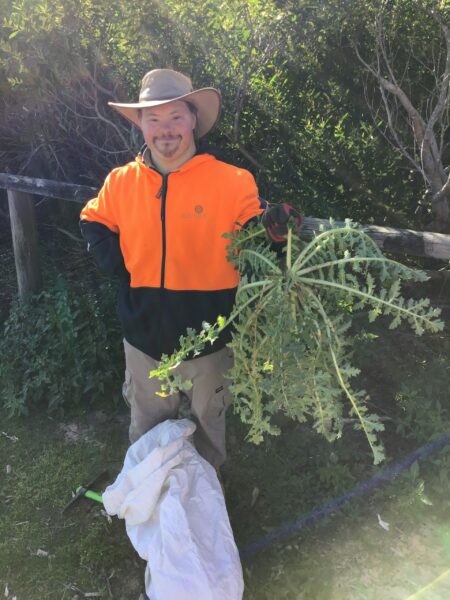
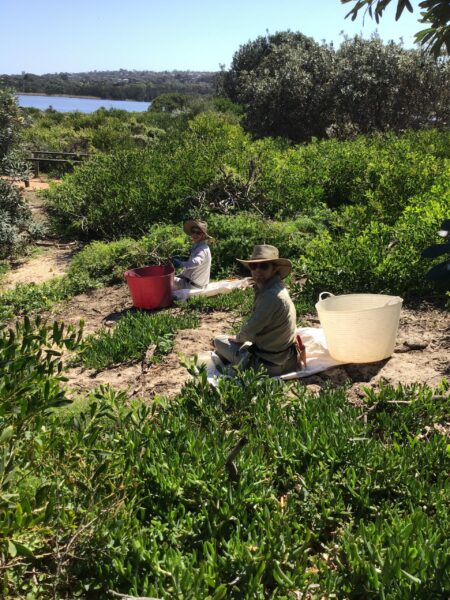
Dee Why Lagoon Wildlife Refuge is a coastal ecosystem requiring dune management; including weed control, maintenance of plant areas and litter removal. On 1ha, the refuge provides habitat to a range of animals including local and migratory birds, supports 7 listed endangered ecological communities and is listed on the Register for National Estate for the Warringah area as being of local significance and was declared a wildlife refuge in 1973.
Assisted by the Friends of Dee Why Lagoon, the project aims to employ people with disability to work within the Refuge, including weed removal and planting to promote natural flora regeneration to reduce dune erosion, litter collection to effectively improve surrounding waterways and ecosystem balance.
Mullaloo Beach Community Group Inc, WA
Project: Mullaloo Beach Northern Foreshore Rehabilitation
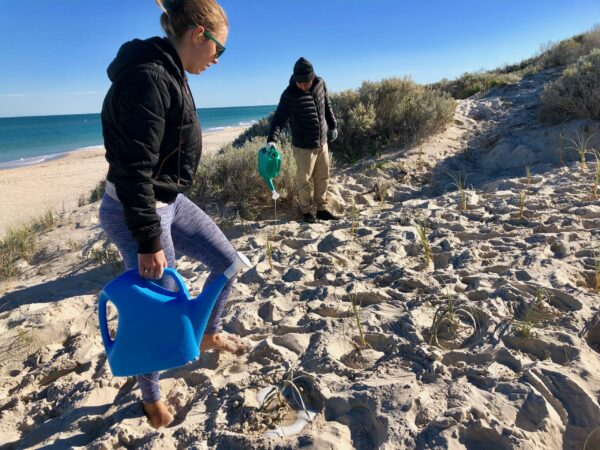
Mullaloo beach is approximate 22ha, a wide sandy beach with low vegetated dunes and is a part of regional ecological linkage. The sandy coastal dune ecosystems is constantly facing numerous threats including weed invasion to dune destabilization induced by constant sand movement. Reduced fragmented bush has resulted in more sightings of Quenda, snakes and dragons and Fairy wrens.
The project will increase the ecological integrity of the coastal corridor by enhancing linkages to adjacent natural bushland areas by targeted invasive weed control by strategic removal of plan and seed bio mass to minimize future breakouts. The project also aims to reduce marine litter through beach and dune clean ups.
Goolwa Coastcare Group, SA
Project: Maintaining Community Momentum for a Cleaner Coorong

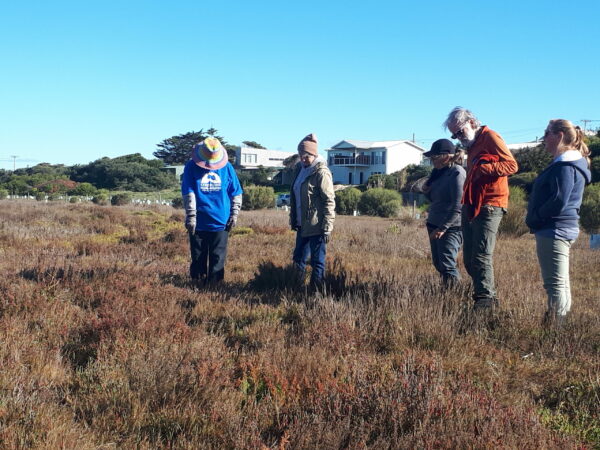
The project will continue to build on their highly successful 2019 project by further engaging and educating 250 students via Schools Marine Debris Collection sessions, targeting new students. The group will also deliver 10 Goolwa Coastcare working bees, undertaking priority weed control in high conservation value coastal reserves covering more than 150 hectares to see improvements in vegetation condition and will improve habitat for a number of threatened fauna species including butterflies and birds.
Professional contractors will also be engaged to undertake weed control through areas outside the volunteer capacity and scope including chainsaw work to further improve the health of these coastal environments.
Hindmarsh Island Landcare Group, SA
Project: Removing historical rubbish from the Murray Mouth area
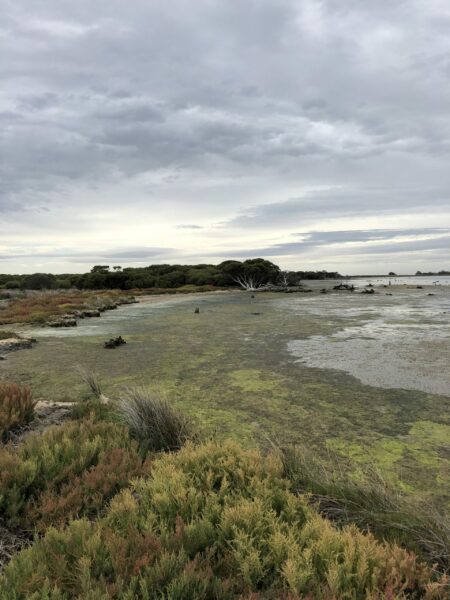
This is a continuation of their 2019 Coastal Protection project with a focus on woody weed control and revegetation activities while continuing with their litter removal including the collection of marine and coastal debris (mainly soft plastics) and monitoring of bird species.
The project will also include the removal of old fence-lines from the mudflats along the river and cleaning up the area of the last remnant swamp paperbarks on the island in the Mundoo Channel at the mouth. The old fence-lines were erected by earlier farmers, generations ago, when cattle and sheep were allowed to graze well into the river mudflats. Since the mudflats are now inside the waters of the Coorong National Park in the Goolwa Channel, the fence-lines are now redundant.
Bellarine Catchment Network, VIC
Project: Caring for our Point
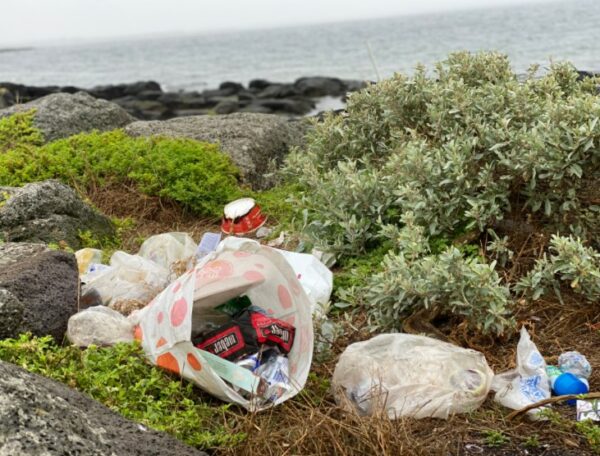
Point Lillias is an isolated stretch of coastline with high value wetlands which host a range of protection flora and fauna. It has Ramsar status and is of international significance, with large number of migratory bird species inhabiting the area. However, it is heavily impracted by the fishing user group with 100kgs of rubbish dumped and left on site each year. The litter can be directly linked to the fishing activity and boating use. The point is adjacent to a small strip of housing along the coastline.
The project aims to engage residents, user groups and the greater community to reduce the impacts of litter and marine debris, increase the awareness of impacts on flora and fauna, engage people in clean up and knowledge sharing events and increase Aboriginal involvement.
ECOllaboration Ltd, QLD
Project: Surf the River
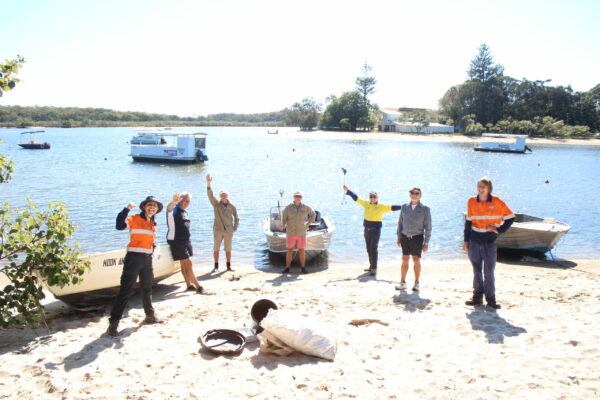
Surf the River is a project focussed on cleaning up, monitoring, educating and engaging around the colossal impact of our land and river based activities on the marine environment. There is a tangible disconnect between our non-coastal landholders, on-river community and coastal visitors/residents. Surf the River will make the connection via an engaging, inclusive campaign. River based clean ups have an enormous positive impact on marine health, removing pollution from entering the ocean.
Portland Coastal Cliffs Inc, WA
Cleaning up Nuns Beach and Tree Planting Day
The project will contribute to restoring the Portland Cliffs through community involvement, action and support. The group will host tree planting and beach clean up days aiming to plant up to 1000 indigenous plants at Portland Nuns Beach. This will provide habitats for birds and native fauna along with shade for the community. Similarly, removing debris from the beach and cliffs will help improve the health of the coastal aquatic and terrestrial fauna by eliminating objects that may cause harm to wildlife and aquatic species.
The project also includes the removal of Euphorbia Paralias, more commonly known as Seas Spurge which is an invasive weed that spreads rapidly and smothers indigenous plants. This will contribute to the protection and improvement of our precious coastline.
Arnhem Coast Clean Up, NT
Project: Marine Debris – Community Awareness
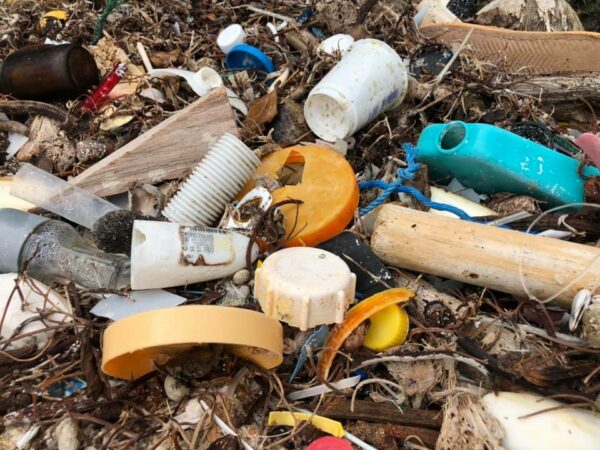
Marine Debris is not new to the Arnhem beaches, with foreign flotsam arriving for tens of thousands of years. However, the domestic and marine plastics that is now arriving by the tonne is new! The Yolngu people of this region speak English as their 3rd or 5th language. Providing information about single use plastic and the plastic life cycle is important to improve understanding of the impact on the wildlife locals eat, and people own single use plastic usage. There are no resources in first language for Yolngu on single use plastic, Increasing awareness may increase the involvement of local Yolngu to remove plastic off the beaches.
The project aims to develop spoken word resources, using existing information into Yolngu matha will support access to knowledge. Supporting reduction in single use plastic use, and increase in support to remove from the beaches.



